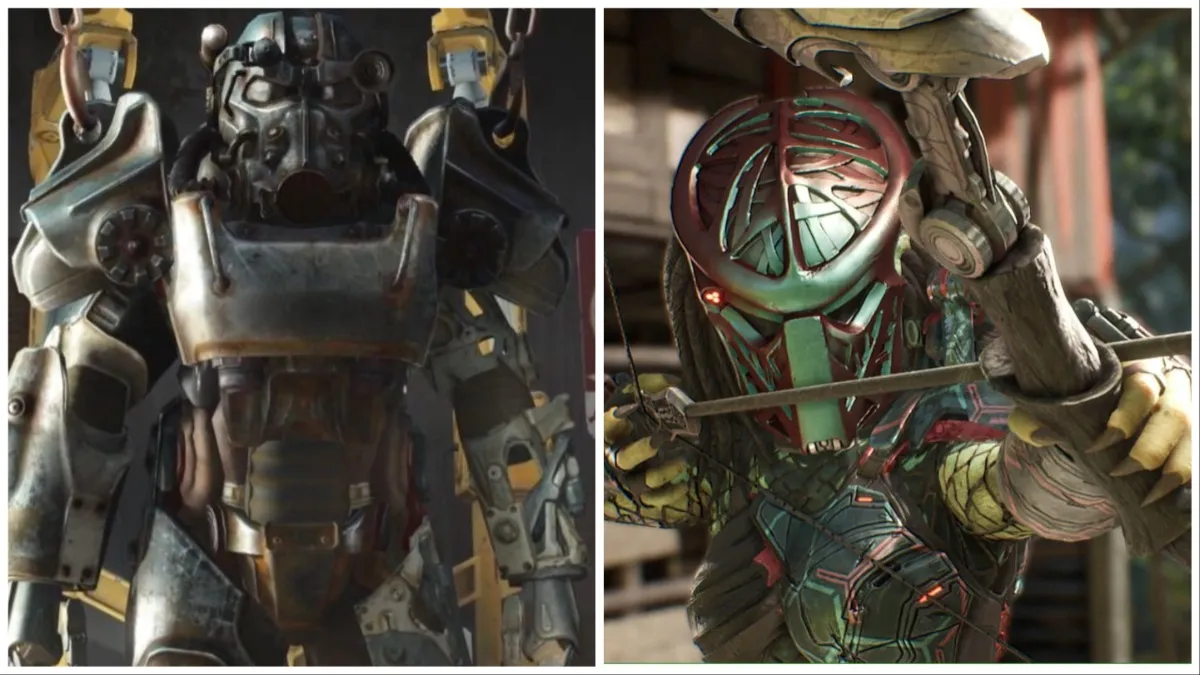Since the dawn of time – or at least the dawn of home consoles – the Nintendo D-Pad has been present on every console and handheld device Nintendo has produced. From the original Famicom (NES) and Game Boy to the modern Wii U and 3DS, the D-Pad has always been there. Even some of the outlying Nintendo systems such as the Virtual Boy and even later Game & Watch designs have featured the plus-shaped controls. But, the Nintendo Switch is the first Nintendo console to break the chain.
As featured above, the Joy-Con eschews a single D-Pad in favour of four buttons in a diamond configuration. While a very minor change overall, it’s still quite the precedent nonetheless.
The reasons for this are made clear in the Switch reveal trailer: since the controller can be split apart and made into multiple controllers for the use of multiplayer, having an analog stick and four buttons to work with makes more sense than a stick and a D-Pad. As these D-Pad buttons would likely become A/B/X/Y. It may also have been made to improve structural integrity, but until we get a hands on with the system there’s no way to know for sure.
Nintendo did have the now-expired patent on a multi-directional switch that made the D-Pad work, and this patent meant that many competitors and control designs had to come up with an alternative from the plus-shape. Personal preference was always key, but it’s hard to say that the D-Pad wasn’t one of the more comfortable and intuitive designs for directional buttons.
It remains to be seen if any variant of classic controllers will mirror the design change or if the D-Pad will still be represented.
You can find more about the Nintendo Switch on GameSkinny. We’ll be sure to keep you updated on any more information that surfaces.








Published: Oct 20, 2016 05:29 pm